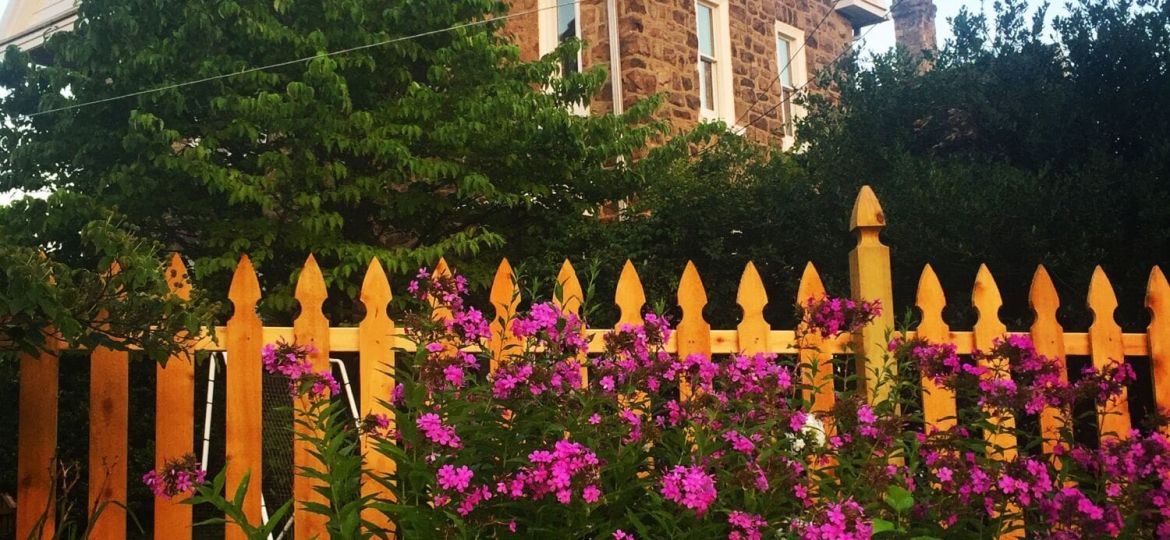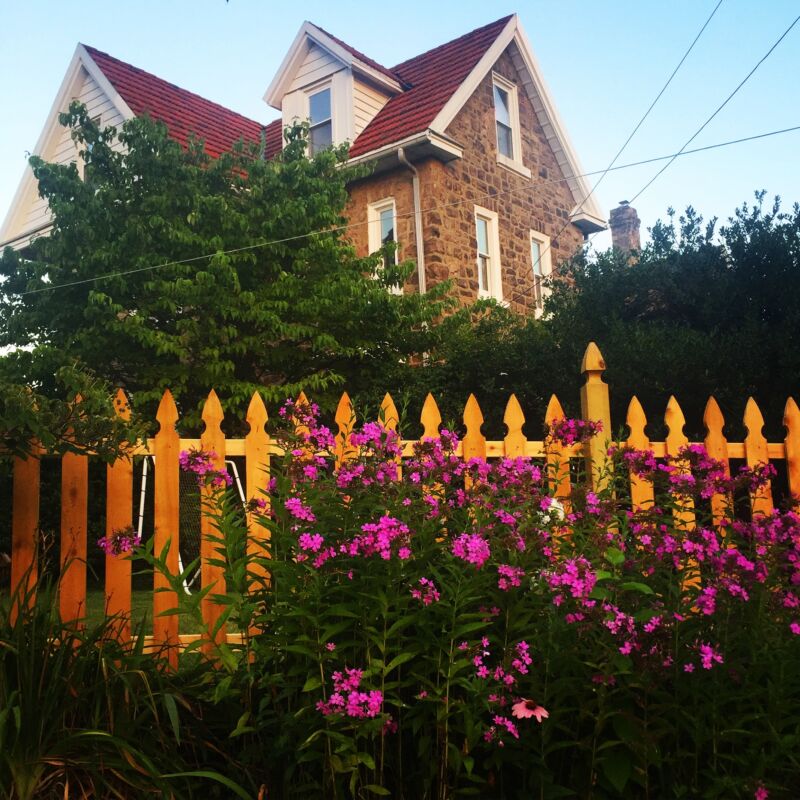
Gardening can be a pretty fun activity. It’s the kind of hobby that pays back in beauty and function—food. Sow a few seeds in the right conditions, care for them, and then enjoy. But, it’s the ‘care for them’ that can be an obstacle for some. With weeding, watering, and other maintenance, the joy can turn into a list of annoying garden tasks quickly. It’s essential to only plant what you have time to maintain. And keep the tasks contained by being strategic and purposeful.
And then you’ll have time to kick back and enjoy your garden with a morning cup of coffee or cocktails in the evening with friends.
So let’s try and make sure that your summer garden experience isn’t ruined by the most common garden frustrations. Keep the following in mind.

Put the Pruning Shears Down
When you’re getting ready to enjoy your outdoor space, it’s best to cut back growth on any plants that have gone over their borders. However, cutting back not only removes dead leaves, branches, and offshoots. But it also ensures that most plants grow back with renewed vigor.
Still, the more you cut back on your plants, the more damage you could end up doing. You need to prune quite heavily to get ready for summer. But don’t keep this routine up for too long. Put the shears down after a while. And don’t pick them up again until the summer has passed and we’re well into autumn.
You don’t want your plants to receive a cut before they’ve even properly sprouted. While a little trim around the edges can be very beneficial, keep it lowkey and to the point depending on the current age and state of the plant in question.
An older plant that’s not sensitive—or recently been replanted—and has a lot of leaves to get rid of? Sure, grab your shears! But something younger that you only planted last year? Cut it but keep it simple. This doesn’t need to become one of the frustrating garden tasks if you keep it on a simple schedule.
Check out: How to Update Your Backyard and Shed This Weekend.
Shade Away From the Sun
Overhead constant sunshine can be pretty bad for your skin. It’s also pretty bad for some plants. So let’s make sure there’s some shaded areas for both you and the plant life to be when the sunshine is relentless. Keeping the ground cool during the summer can be difficult. If you don’t have shade trees, consider a canopy cover for taller plants to keep the worst of the sun away. Putting up a canopy can considered one of those annoying garden tasks. But it will pay you back in healthier areas for you and your friends to hang out.
You can also move your empty planter beds and raised planter boxes to a shaded spot in the garden. You may want to pop down a protective layer onto the soil too, whether this is mulch or lawn clippings. This ensures there’s something there to absorb the direct impact of all day sun before it works into the soil.
Invest in a shade structure
When it comes to yourself, it’s time to invest in top down coverage that fits the space you like to spend time in. This exists in various forms: awnings, gazebos, blinds and shades, pergolas, plant leaves, covered trellises, etc. It’s completely up to you what you decide to set up in your own garden.
You can also invest in motorized screens for patios, if you’d like to have a retractable shade of some kind around your seating and/or dining area. Not only will this keep the sunshine off of your back when you’re overheating already, but it can prevent flying insects from getting into family al fresco meals.
A choice like this also ensures a bit more privacy for those who have wider garden spaces. However, fencing can be easily peered over or where there’s a lack of taller plant coverage around the perimeter.
Keeping Weeds Out
Weeds are the bane of the summer gardener’s life. It’s the least happy and one of the most frustrating garden tasks. They’re hard to keep out, even when it’s been dry recently and nothing has been growing properly. Weeds just seem to be impossible to destroy completely!
The best thing to do here is ensure there’s already enough plant life around. The less room for roots in the soil, the fewer roots there will be overall. Weeds are invasive by their very nature, but even they will struggle in a garden that’s well-grown and has been made to be biodiverse.
Also tackle them from the root upward. If you find a weed, grab it by the lowest part of the stem possible and pull slowly but surely. You want to try and get the entire system out of the ground, rather than just lop off the head and visible stem.
It won’t stop a weed from ever growing there again, but it’ll certainly take a lot more time for a new weed to take its place!
Check out: How to Battle Weeds in Your Lawn and Garden.
Store Water
Storing water ahead of the summer will ensure there’s always a healthy supply of water to hydrate your plants. Invest in a proper rain barrel to catch rain and check on the water levels once or twice a month.
Rain water is perfect for going back into the ground, and using it to keep your garden healthy during the dry and hot times of year will make your job ten times easier. You can even set up a guttering system to ensure anything that falls onto the roof trickles down into both the drain and the water barrels you’ve got set up.
Be sure to check out other methods such as using a ‘rain chain’ to make water diversion a bit more of an aesthetic feature. Once you’ve gotten a water collection system set up, the next time it rains, you’ll have something in the pot to make good use of. That’ll save on your water bills over the course of the summer, especially if a drought occurs and there’s little to nothing to spare for the plants.
Keep the Lawn Clear
In the summer, the lawn can get covered in all kinds of stuff. Toys the kids have just thrown about, yard tools you’ve been using and forgotten to put away, and unfinished DIY projects. Really, a lot can pile up on the lawn, and the bigger that pile gets, the more the lawn is going to suffer.
If you don’t want to have to deal with dry, brown patches of grass later in the year, keep the lawn as clear as possible. Make sure anything that’s thrown onto it gets lifted off again and put away properly. If there’s droppage around, rake it up or collect it for the compost bin.
It may take a bit of time on your part, but these tasks are a lot easier than trying to diagnose and fix a lawn that’s already in the process of dying off!
Is Your Summer Garden a Little Too Frustrating?
Summer gardens can be amazing, but very frustrating places when it comes to those annoying garden tasks. They’re meant to be purely relaxing spaces, but garden tasks can feel like a burden at times. Let’s make sure the upcoming summer doesn’t make your garden feel like that.
If you want to spend a pleasant summer out there, enjoying the sun, time with loved ones, and being able to stay out into the evening without needing a jacket, let’s get the frustrating issues out of the way and dealt with right now.
Start with the smaller, mundane, repetitive tasks that always require a bit of effort from you. Will they really need doing during the summer season? Or could you leave tasks like pruning and hosing down patios until later?
Then move onto the trickier elements of garden care. The weeds don’t have to keep coming back, and if you store water from here on out, you should always have some available to keep your plants green and healthy. Being prepared is the best way to battle annoying garden tasks.
